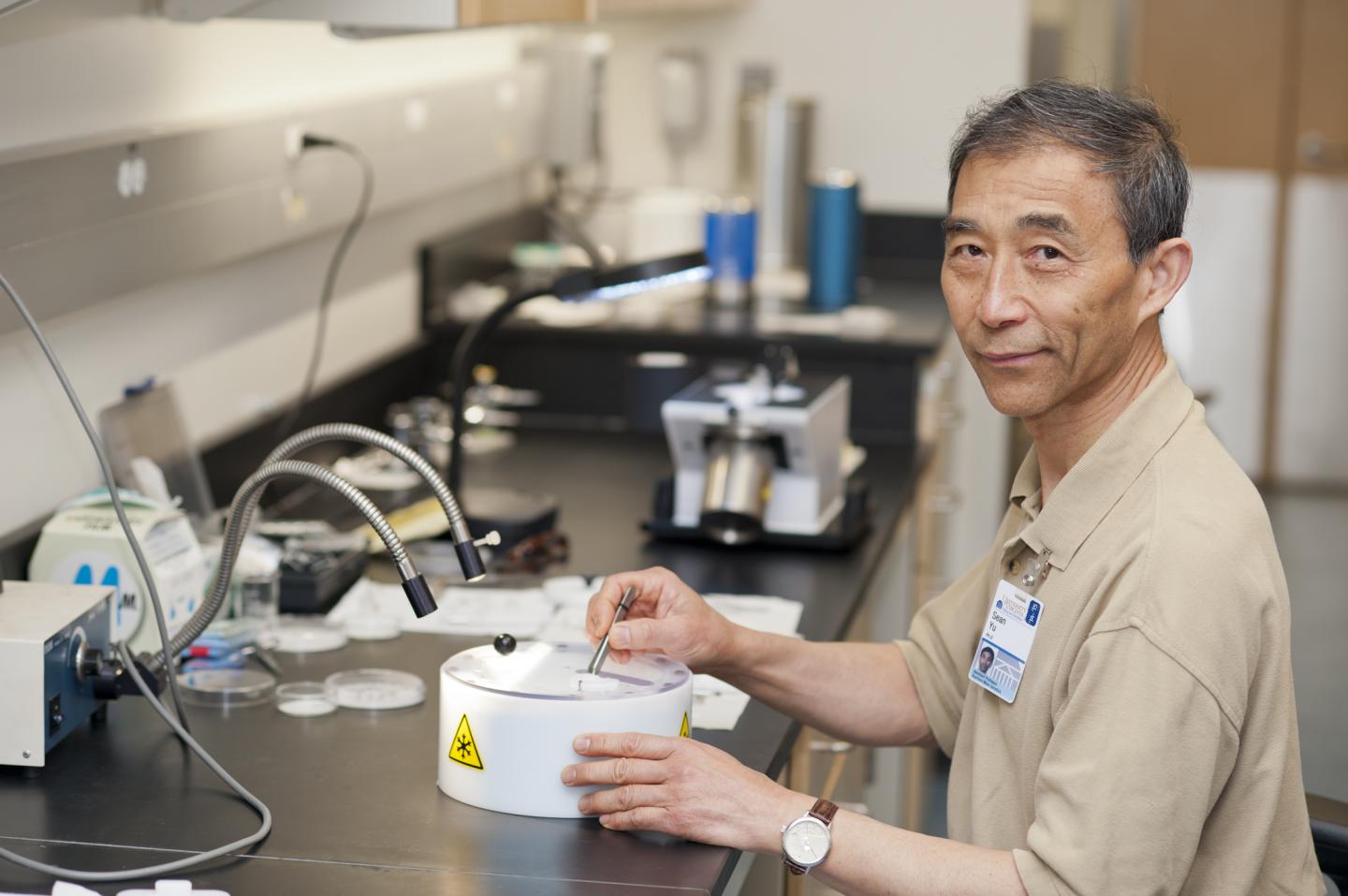
An almost indestructible virus that can survive in almost boiling acid could help combat human disease.
The virus, SIRV2, is normally found infecting a microscopic organism that loves in acidic hot springs where the temperature can hit 175F. It has proven resistant to heat, ultraviolet radiation and desiccation.
Researchers at the University of Virginia School of Medicine think they may be able to use these very properties to help delver gene therapy.
DNA delivery is difficult because the human body is so good at degrading and removing foreign DNA. Being able to package DNA in something tough like the virus could show the way forward.
Additionally the virus also has some similarities with some very hardy spores used by bacteria to survive in harsh environments. Some very deadly bacteria such as C. difficile or diseases such as anthrax could be easier to tackle if understanding of how they worked improved.

Edward H. Egelman, PhD, of the UVA Department of Biochemistry and Molecular Genetics said, “We’ve discovered what appears to be a basic mechanism of resistance – to heat, to desiccation, to ultraviolet radiation. And knowing that, then, we can go in many different directions, including developing ways to package DNA for gene therapy.”
It turns out the virus survives by forcing its DNA in the A-form structural state.
Identified over 50 years by DNA researcher Rosalind Franklin the A-form was thought by some to only appear in the lab, but Egelman says “Instead, it appears to be a general mechanism in biology for protecting DNA.”
The team used UVA’s new Titan Krios electron microscope to do the work.


